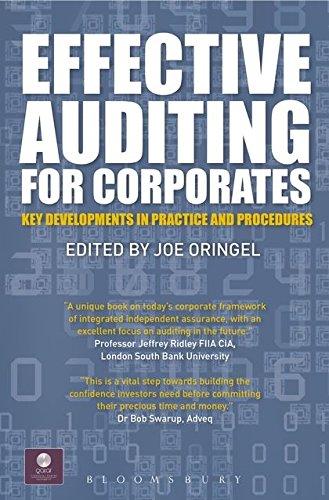Answered step by step
Verified Expert Solution
Question
1 Approved Answer
theres no additional info, try to answer it with what you have Anders Clothing manufactures embroidered jackets. The company uses a standard cost system to










theres no additional info, try to answer it with what you have
Anders Clothing manufactures embroidered jackets. The company uses a standard cost system to control nanufacturing costs. The following data represent the standard unit cost of a jacket. (Click the icon to view the cost data.) Requirement 1. Compute the price and quantity variances for direct materials. (Enter the variances as positive numbers. Enter currency amounts to the nearest cent and your answers to the nearest whole dollar Label the variances as favorable (F) or unfavorable (U) Abbreviations used DM = Direct materials) Begin by determining the formula for the price variance then compute the price variance for direct materials Now determine the formula for the quantity variance and compute the quantity variance for direct materials PM quanuity variance Requirement 2. Compute the rate and efficiency variances for direct labor. Enter the variances as, positive numbers. Enter currency amounts to the nearest cent and your answers to the nearest whole dollar Label the variances as favarable (F) or unfavorable (U) Abbreviations used: DL= Direct labor.) Determine the formula for the rate variance, then compute the rate variance for direct labor: Determine the formula for the efficiency variance, then compute the efficiency variance for direct labor Diteticiency variance Requirement 3. Compute the rate and efficiency variances for variable overhead. numbers. Enter currency amounts to the nearest cent and your answers to the nearest whole dollar. Label the variances as favorable (F) or unfavorable (U) ) Determine the formula for the rate variance, then compute the variable manufacturing overhead rate variance Variable overhead 1) = rate variance Determine the formula for the efficiency variance, then compute the variable overhead efficiency variance. Requirement 4. Compute the fixed overhead budget variance and the fixed overhead volume variance. (Enter the variances as positive numbers. Label the variances as favorable (F) or unfavorable (U). Abbreviations used, MOH= Manufacturing overhead) Determine the formula for the fixed overhead budget variance, then compute the budget variance for fixed overhead Determine the formula for the fixed overhead volume variance, then compute the volume variance for fixed overhead Requirement 5. Company management intentionally purchased superior materials for November production. How did this decision affect the other cost variances? Overall, was the decision wise? Explain. The favorable variances more than offset the unfavorable variances. If the superior materials purchased for the November production decreased materials and labor usage, then management's decision was Requirement 6 . Journalize the usage of direct materials and the assignment of direct labor, including the related variances (Record debits first, then credits. Exclude explanations from any journal entries.) First. journalize the purchase of direct materials, including the related variance. Journalize the usage of direct materials, including the related variance. Journalize the direct labor costs, including the related variances. (Record both direct labor variances by preparing a single compound entry.) Fixed overhead in total was budgeted to be $63.840 for each month. Actual data for November of the current year include the following: a. Actual production was 13.500 jackets. b. Actual direct materials used was 2.40 square feet per jacket at an actual cost of $3.90 per square foot. (Assume the direct materials purchased is the same as the direct materials used.) c. Actual direct labor usage of 24,800 hours for a total cost of $240.560. Fixed overhead in total was budgeted to be $63,840 for each month. Actual data for November of the current year include the following: a. Actual production was 13,500 jackets b. Actual direct materials used was 2.40 square feet per jacket at an actual cost of $3.90 per square foot. (Assume the direct materials purchased is the same as the direct materials used.) c. Actual direct labor usage of 24,800 hours for a total cost of $240,560. d. Actual fixed overhead cost was $56,565, while actual variable overhead cost was $14,880 Step by Step Solution
There are 3 Steps involved in it
Step: 1

Get Instant Access to Expert-Tailored Solutions
See step-by-step solutions with expert insights and AI powered tools for academic success
Step: 2

Step: 3

Ace Your Homework with AI
Get the answers you need in no time with our AI-driven, step-by-step assistance
Get Started


